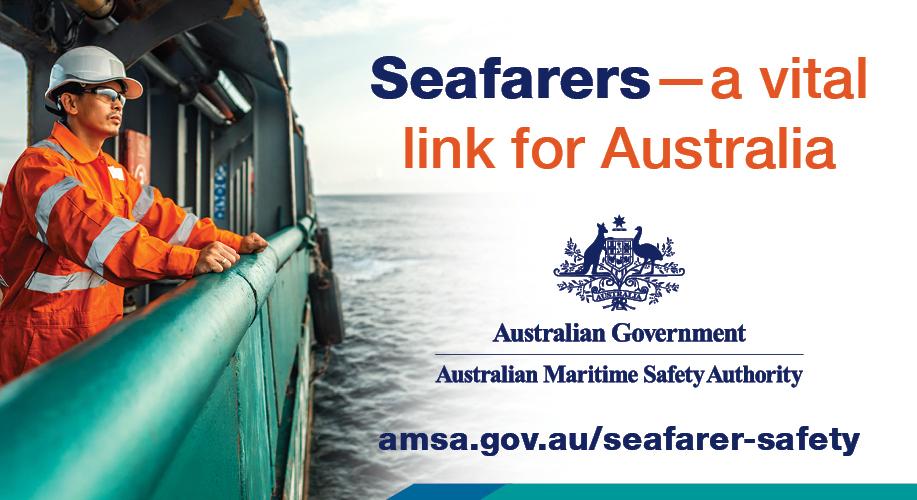Duty scheduling and planning is critical in managing fatigue. The company should ensure its duty schedules provide adequate opportunity for sleep
Duty schedule design principles4
The following principles should underpin the design of duty schedules:
- Plan duty (work) schedules based on the actual hours worked.
- Develop a working-hours policy on daily duty hours and maximum average weekly hours. If possible, a work week should not exceed 70 hours.
- Minimise occasions in which seafarers work more than 12 hours in a duty period per 24 hours. Limit the use of overtime, especially unscheduled overtime.
- Ensure that any period of extended work hours is compensated with a longer break before resuming the next duty period.
- Account for ‘covering’ contingencies caused by sea sickness or illnesses.
- Use forward rotation such as day-afternoon-night shift changes.
- Use fatigue assessment tools and/or fatigue prediction software to verify new duty schedules are within safe limits.
- When possible, schedule complex tasks for daytime (i.e., not between 0200–0600, or to a lesser degree, between 1500–1700).
- Avoid scheduling high-risk tasks on the first night of a night watch duty period. If unavoidable, when planning the task consider additional controls.
- Allow seafarers who work regular nights, periods of normal night’s sleep to catch up on their sleep deficit. Factor in sleeping, eating, washing and wind-down time in rest periods.
- Ensure rest periods allow for a minimum of six hours uninterrupted sleep.
- When a minimum of 7–9 hours of sleep is not possible, compensate for any sleep loss with daily naps of up to 90 minutes in length (allowing 30 minutes between a nap and returning on duty for sleep inertia).
- Provide for short breaks during duty periods (coffee, meals etc.). If possible, allow individuals to manage their own short breaks.
- When possible, provide reset breaks of 25 consecutive hours every 7 days in which unrestricted sleep is possible.
Seafarer fatigue is the result of the actual work, not the planned work.

Key messages
- While it is not possible for the company to regulate and oversee the sleeping habits of every seafarer on every vessel, it is within its capability to mitigate the risks of fatigue through vessel design, operational and crewing policies.
- Ensure that crewing levels are adequate to operate a ship 24/7, including during emergencies, not just to meet the minimum crewing.
- Seafarers employed in a 6-on, 6-off shift schedule will rarely, if ever, receive a six-hour period of unbroken rest.
- When seafarers require rest, ensure they are provided opportunities to do so. This may include anchoring after a departure. It cannot be assumed that simply allocating a rest period from duty will provide an adequate level of sleep and recovery.
- While a seafarer may ‘finish’ their watch at a given time, they cannot switch immediately into “rest”. Handovers and paperwork often keep a watchkeeper working beyond the end of their watch.
- Maintain accurate records of work/rest to reflect actual hours worked.
__________________________________________________________________________________________________________________________________
References
4 AMSA (2020) Duty schedule design principles. Fatigue guidelines – Managing and reducing the risk of fatigue at sea.